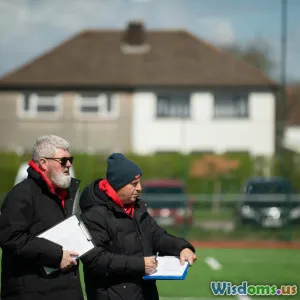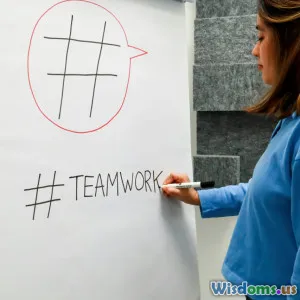
Little Known Strategies for Managing Tough Group Dynamics
19 min read Discover effective, lesser-known strategies to address group conflict and improve teamwork in challenging environments. (0 Reviews)
Little Known Strategies for Managing Tough Group Dynamics
Teamwork is often praised as the ultimate tool for productivity and innovation, yet anyone who has participated in group projects or led teams can attest: group dynamics can get complicated fast. The mix of personalities, backgrounds, communication styles, and unspoken hierarchies forms an intricate web that can either power a group to new heights or paralyze it with conflict. Repeated advice typically points to active listening, clarifying roles, and setting expectations. While these basics matter, there are deeper, often-overlooked mechanisms at play.
Below, we explore lesser-known but highly practical strategies that leaders, facilitators, and even group members can use to steer challenging group dynamics toward cohesion and success.
Decoding the "Hidden Agendas"

Every group harbors unspoken motivations—so-called "hidden agendas"—that influence interactions below the surface. Recognizing and managing these can transform problematic dynamics into productive ones.
Example: In one software development team, routine meetings became combative, with debates veering off-topic and deadlines slipping. The root cause revealed itself only after an outside facilitator asked team members to anonymously list their hoped-for outcomes for the project. Some cited promotion ambitions, while others wanted to avoid blame for potential failure. Openly surfacing—not shaming—these drivers enabled the group to build new, explicit agreements around contribution and accountability.
Actionable Steps:
- Hold "uncovering assumptions" check-ins: Periodically invite team members to share what they assume about others' intentions. This exercise often uncovers worries or ambitions that otherwise steer group behavior.
- Introduce 'motive mapping': Ask everyone to privately write their personal stake in the group's success, optionally sharing with the group.
- Roleplay reverse perspectives: Have members articulate what they think colleagues’ goals are, promoting empathetic understanding and clarifying misread motives.
Subtly acknowledging these hidden currents prevents unconscious sabotage and allays unnecessary suspicion between colleagues.
Harness the Power of "Personas"
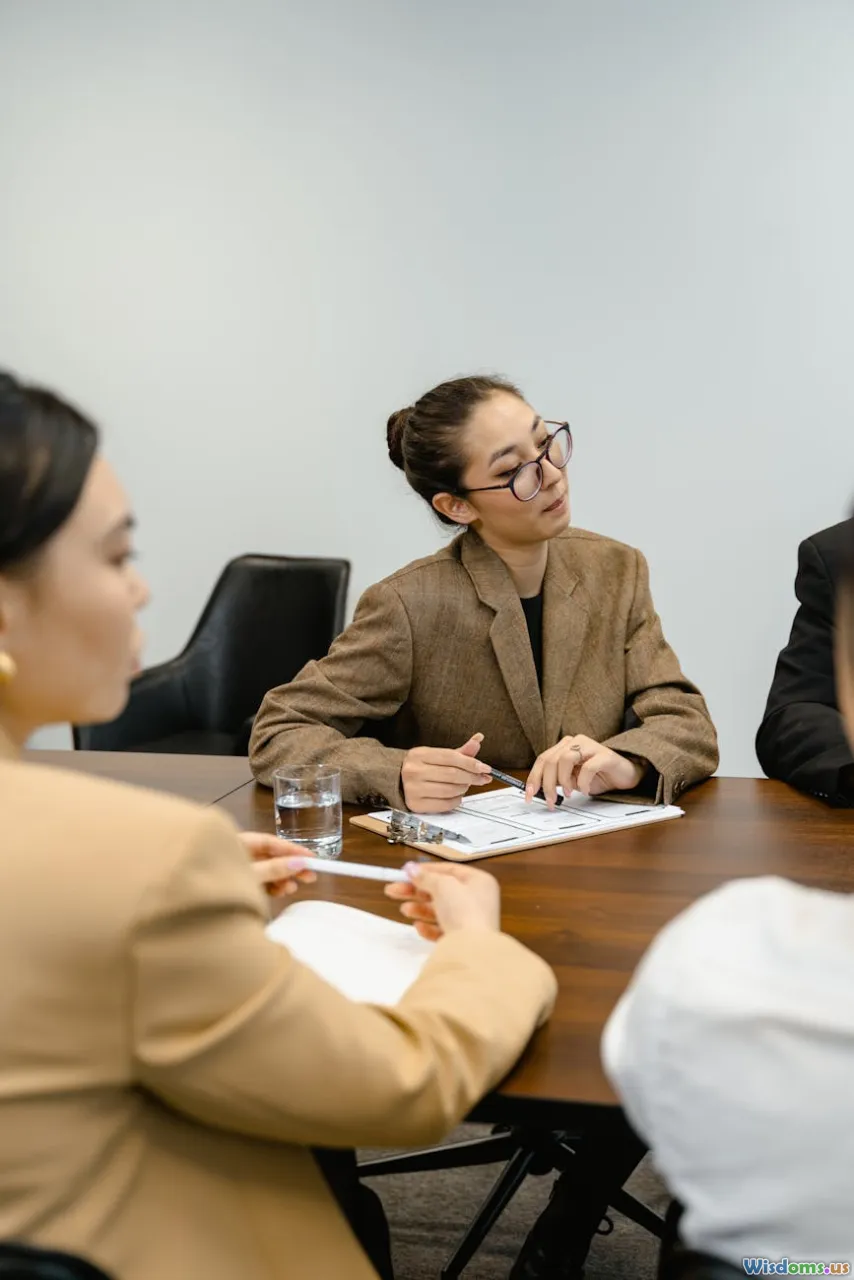
Teams can get stuck in predictable patterns where certain members always take on the same roles—some too assertive, others too quiet. Deliberately assigning "personas" can break these molds and lead to fresh perspectives.
How it Works: Imagine a product team wrestling with recurring dominance by the project manager and under-contribution from newer hires. The group leader introduces a session where, irrespective of rank, everyone must embody an assigned persona such as “the devil’s advocate,” “the optimist,” or “the risk assessor.”
This role-switch briefly releases people from their default identities, enabling the team to rehearse more balanced interactions and recognize unspoken assumptions about each member’s value.
Benefits:
- Evens out participation and Internet culture, especially in hybrid teams
- Surfaces silent resistance or concerns by inviting all perspectives
- Reduces social loafing, as even quieter members are encouraged to step forward
Give a persona exercise a try next time your team is stuck—the results often illuminate the hidden strengths within your ranks.
Rethink Decision-Making: The Silent Roundtable
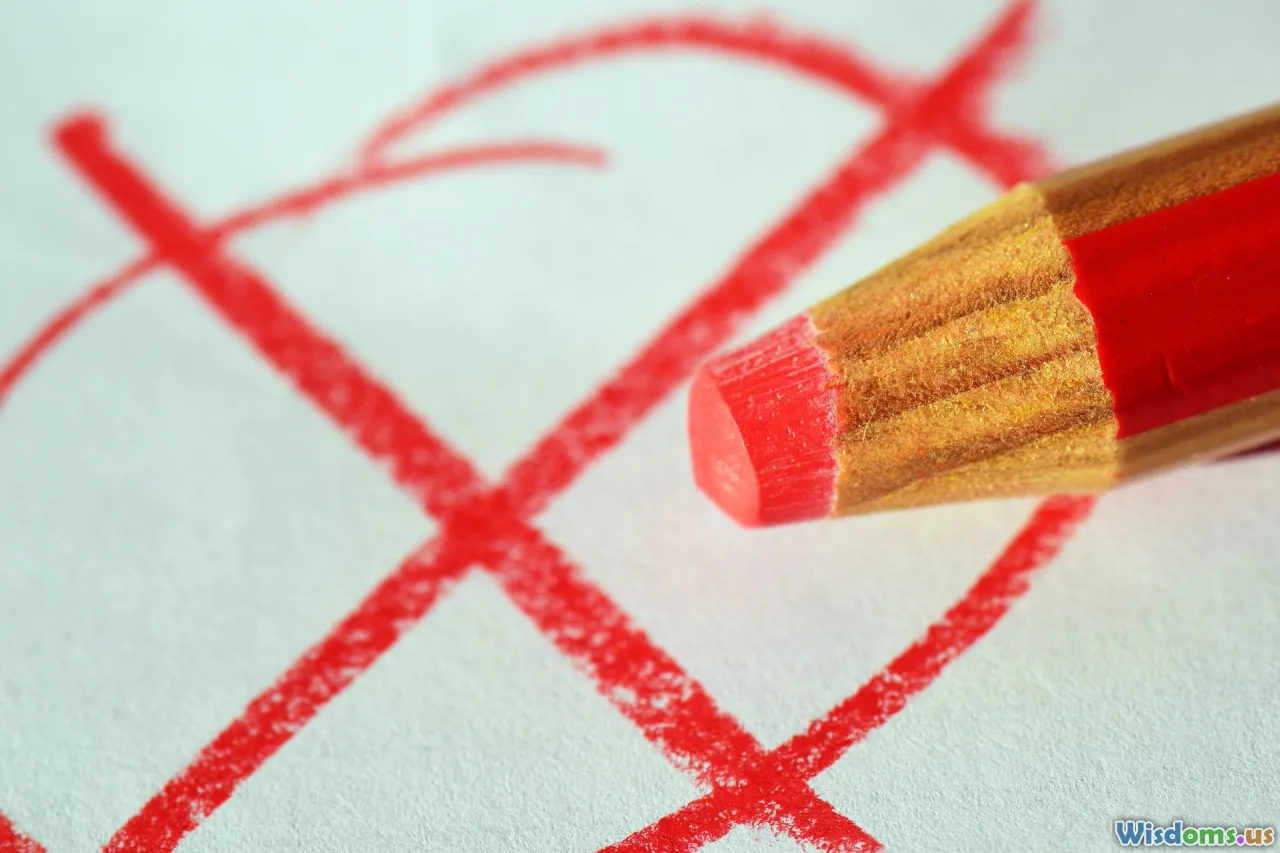
A frequent point of friction arises when teams go old-school—with loud debates, quick verbal consensus, or a reliance on majority rules. But "Silent Roundtables" offer a low-conflict alternative that tends to yield more thoughtful decisions.
Implementation:
- Before any group decision, each member independently writes down their recommendation and the reasoning behind it.
- Submit recommendations anonymously (via slips in a bowl, or a digital tool like Google Forms).
- Collect, then share all perspectives openly. The group then discusses only the perspectives—removing the personal ego or dominance from the equation.
- Draft a final decision or action plan using synthesized feedback.
Case Study: The method was adopted by an international consulting firm struggling with positional leadership overshadowing expert advice. Switching to a Silent Roundtable enabled junior analysts’ innovative ideas to get equal consideration, often improving project outcomes and increasing junior staff engagement.
"Temperature Checks" for Emotional Pressure

Emotional undercurrents can derail even the best-intentioned teams. Scheduled "temperature checks" don’t just assess productivity—they read the room’s emotional state, helping to pre-empt flare-ups or disengagement.
How to Use: Once per meeting, ask everyone to describe how they’re feeling right now (e.g., relaxed, frustrated, energized) as one-word check-ins or colored cards.
Example: One cross-functional team at an ad agency used traffic light cards—green for feeling good, yellow for "hesitant," red for "frustrated or disconnected." When several members signaled yellow or red, the group paused to discuss what's beneath the surface, leading to faster conflict resolution and less simmering resentment.
Insight:
- Physical signals or anonymous digital polls can increase honesty over verbal disclosures.
- Use data collected from repeated temperature checks to map group morale trends and intervene early.
- Pair emotional check-ins with concrete action (for example, "What support would get you into the green?").
Solve for "Micro-Exclusions" Before They Spiral

Most people associate group challenges with overt clashes. Yet, micro-exclusions—subtle yet persistent actions that make individuals feel unwelcome—can be even more damaging over time.
Real-World Example: A project team noticed that a remote member stopped attending optional meetings. Review of chat logs revealed repeated (though possibly unintentional) omissions from in-jokes and side projects. The team made a point to reframe communication policies: referencing only shared experiences during meetings and rotating virtual coffee chats, which dramatically improved the remote member’s participation.
Preemptive Tips:
- Conduct regular "voice mapping" to review who is and isn’t contributing in meetings
- Rotate informal group roles (like note-taker or host)
- Use digital social spaces carefully, enforcing inclusion by default—"if you reference a joke or task, include brief context for all participants."
Micro-exclusions slip by unnoticed but can seed disengagement; conscious monitoring keeps groups cohesive.
The "Shadow Facilitator" Method

Every group has someone quietly managing flow—shaping conversation, summarizing points, or redirecting when things go off track, even if unofficially. Explicitly assigning a rotating "shadow facilitator," whose sole job is to keep process separate from content, helps reveal—and redistribute—this invisible labor.
Concrete Application:
- In weekly product meetings, rotate a shadow facilitator: they observe power dynamics, equalize talk time, call attention to passivity versus dominance, and offer process feedback at the meeting's end.
- Debrief as a team: “What did we notice about our discussion patterns today?”, “Did we hear from everyone?”, or “Did any patterns limit new ideas?”
A regular, rotating process monitor ensures that strategic facilitation doesn't rest with just a few informal leaders—and actively spotlights unconscious group patterns in real time.
Disarm Power Plays with "Process Agendas"

Traditional agendas list only content topics. "Process agendas" make explicit not just what will be discussed, but how decisions will be made and what norms will guide discussion. This is a subtle but mighty defense against power grabs.
Example Format:
- Consent agenda vs. open debates: Will items be resolved by consensus, majority vote, or leadership call?
- Discussion rounds: Will everyone speak once before repeats?
- Interjection signals: Is it okay to use visual cues to request a pause or clarification?
Case Study: A nonprofit board facing escalating side conversations and late-added agenda items adopted transparent "process points" at their meetings. Clearly spelling out when and how topics could be introduced dismantled executive dominance and fostered a culture in which all members kept each other accountable.
Tip: Establish group agreements for which parts of agenda/process are fixed and which are adjustable. This shared meta-language ensures everyone understands how group power is mediated.
The "Ping-Pong" Feedback Circuit
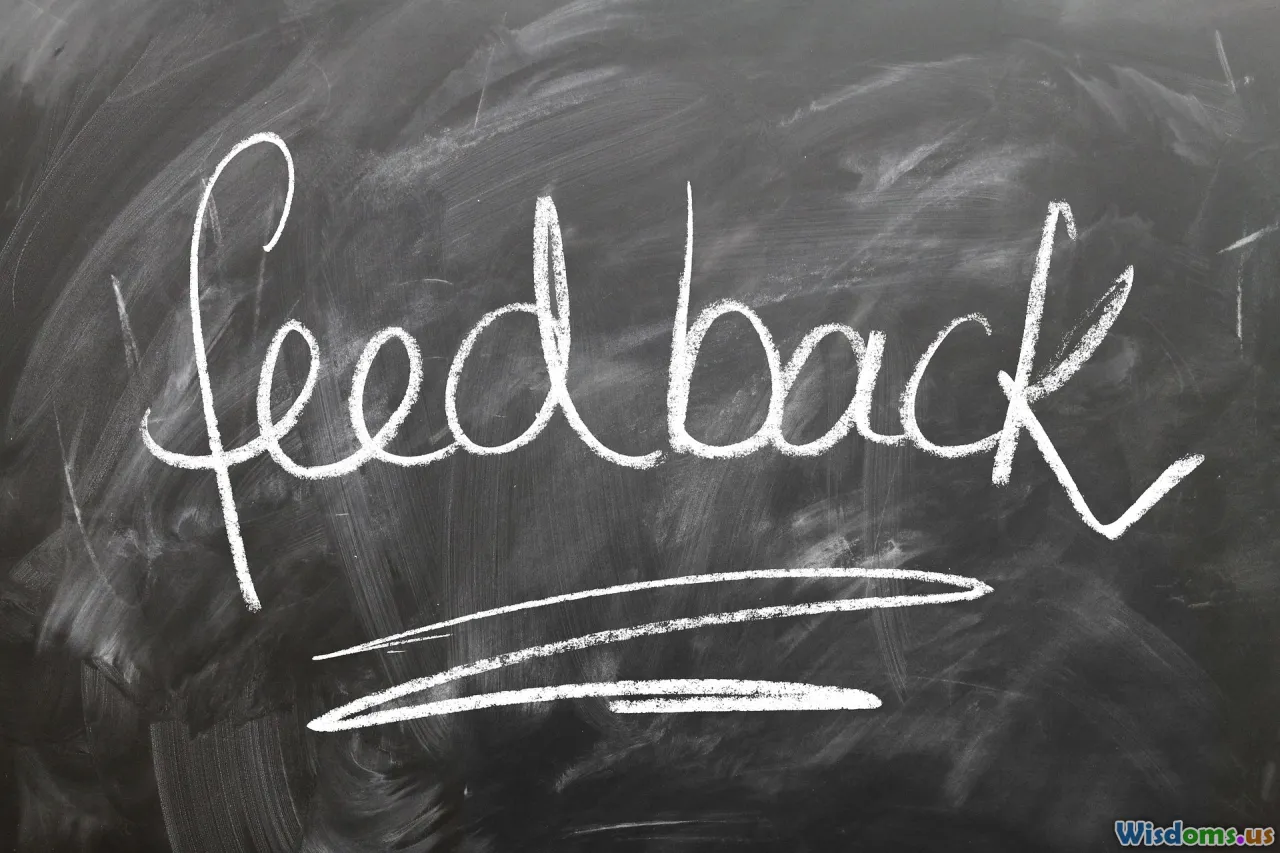
Feedback in challenging groups often bounces only from leader to team member. Reframing feedback as a collective, reciprocal process—like ping-pong rather than bowling—transforms criticism from a moment of judgment to a norm of shared improvement.
Strategy to Implement:
- Build in "two-way feedback" intervals, where every contribution receives one positive point and one improvement point—from both peers and the contributor themselves.
- After actions, do a “ping” (feedback to group), then a “pong” (feedback to self and individual teammates).
Example Scenario: In one public relations team, mutual feedback at the end of group brainstorming sessions (using phrases like "One thing you did well was…" and "One change I’d suggest is…") helped depersonalize constructive criticism and keep everyone alert to both strengths and blind spots.
Redraw the Lines: Flexible Membership and Peripheral Participation
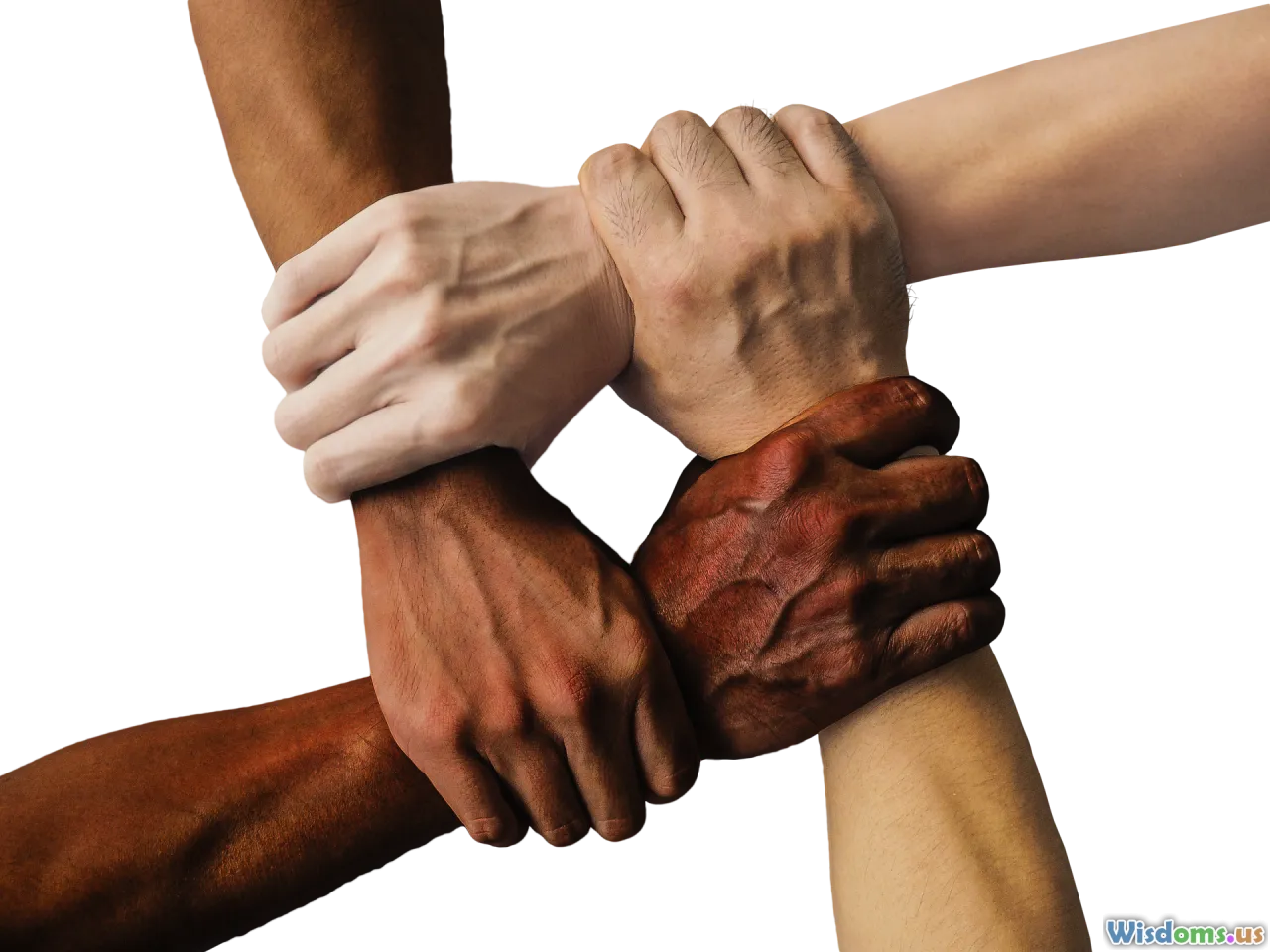
Traditional teams have sharply drawn boundaries: you’re in or out. In dynamic, cross-functional workplaces, allowing varied levels of membership (“core,” “peripheral,” “consultant”) means fewer forced interactions and less resentment among those with lower investment or mismatched priorities.
How to Apply:
- Designate a "guest pass" or “consultant” status, so important yet less-engaged individuals can contribute without full ongoing commitments.
- Encourage external stakeholders (e.g., info-security, finance) to periodically "drop-in" for updates or focused sessions, then disengage.
- Invite staff with adjacent but non-primary expertise to plenary sessions, especially during brainstorming or strategy resets.
Case Example: A biotech startup reduced internal friction around accountability by formally instituting ‘consultant’ teams, where staff cycled in for project milestones, but weren't expected at every meeting—a move that redistributed workloads more fairly and clarified actual influence.
Codify Group Rituals That Foster Trust

Trust doesn’t just develop organically—it’s often the outcome of shared ritual. Such rituals may be as structured as regular shoutouts (“shares and wins” rosters, celebration of milestones) or as informal as recurring humor.
Proven Practices:
- Start meetings with a brief “personal update”—non-work related, or sharing highs and lows.
- Schedule periodic non-task group activities (book clubs, volunteer events, knowledge shares).
Why It Works:
- Rituals anchor individuals to an ongoing group narrative, reducing the friction brought about by individual stressors.
- Even remote groups have succeeded. For example, a global analytics team ran monthly sessions where members shared family or cultural traditions—humanizing colleagues, minimizing outside-the-office barriers.
Deliberate Story Sharing as a Corrective to Toxic Comparison

When groups grow strained, members frequently compare themselves and their progress (or smart themselves over others) based on incomplete information. Encouraging story sharing redirects comparisons from a status contest to a channel for empathy and perspective.
Application:
- Regularly prompt team members to recount times they grappled with similar professional (or even personal) ruts elsewhere.
- Use Pecha Kucha (20 slides, 20 seconds per slide stories) or "Five-Minute Stories" in meetings to normalize struggle and creative problem-solving.
Result: In high-pressure consulting teams, these narrative moments reduced silent perfectionism and cultivated a readiness to help versus judge, especially in periods of collective uncertainty.
Lead with Questions—Not Solutions

Leaders (formal and informal) are often pressured to "fix" problems on the spot. However, research in organizational behavior from MIT’s Human Dynamics Lab shows that solutions provided too quickly shut down broader group reflection.
Alternative Leadership Techniques:
- Ask, not answer. Replace “Here’s what I think we should do” with “What am I missing?” or “How are you seeing this?”
- Use debrief rounds post-discussion: After hearing initial solutions, leaders circle back to solicit alternative views—especially from least vocal members.
Example: A financial planning team at a multinational noticed their brainstorms grew narrow, recycling the same ideas. When the manager began soliciting multiple reading of each issue—even if ideas seemed outlandish—participation monotonously increased, and breakthrough ideas doubled over six months, as tracked by meeting notes analysis.
Embed "Disagreement Practice" for Healthy Conflict

Group conflict is inevitable. But if left to fester—or suppressed via surface politeness—it damages safety and creativity. Groups with explicit, safe opportunities to practice disagreement grow more resilient and innovative.
How-To:
- Choreographed disagreement sessions: Once per quarter, itemize unpopular or neglected viewpoints and assign small teams to argue their merits regardless of personal belief.
- Establish conflict rituals (“When there’s tension, what’s our group script?”), such as always allowing a cooling-off period before decisions.
- Normalize phrases (“Let’s try on that opinion for size” or “Can anyone add a competing thought?”).
In a think tank known for consensus culture, leaders seeded healthy dissent by cycling members through “constructive contrarian” stints. Exit interviews showed these routines promoted openness, stronger buy-in, and sustained higher motivation—turning tension into an engine of growth.
Group dynamics remain one of the most complex—but also one of the most rewarding—aspects of any collaboration. Applying these lesser-known strategies doesn’t just smooth over friction; it surfaces unspoken energies, unlocks creativity, and transforms groups from collections of individuals into genuine teams. The difference will soon be obvious: less energy wasted on avoidable tension, and more spent on the shared challenge, the experiment, the big idea. Start small—introduce a new exercise or ritual at your next gathering—and watch group resilience and trust take root.
Rate the Post
User Reviews
Popular Posts











